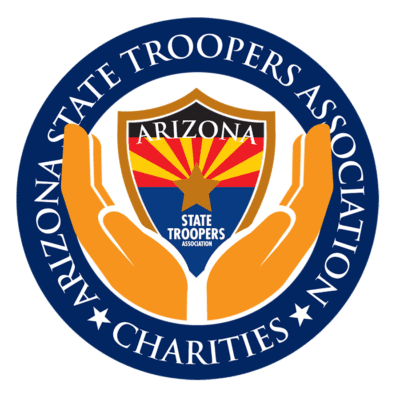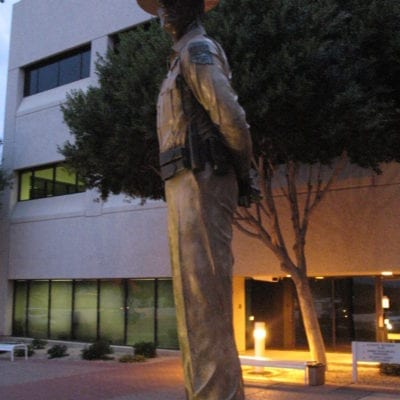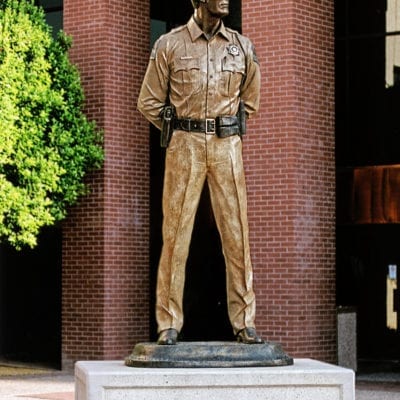Author: Mike Callahan
In recent years, the U.S. Court of Appeals for the Ninth Circuit has repeatedly ruled against law enforcement in use of deadly force cases. [1] Conversely, the U.S. Supreme Court has repeatedly reversed the Ninth Circuit in a number of those cases. [2] The Ninth Circuit never seems to learn its lesson, or more likely, many of its judges appear to hold an innate bias against law enforcement officers when they are required to use lethal force.
The most recent glaring example of this anti-law enforcement bias is found in the matter of Vos v. City of Newport Beach decided by the Ninth Circuit on June 11, 2018. [3]
The Incident
Officers from the City of Newport Beach Police Department (NBPD) responded to a 911 call from a local 7-Eleven store about a man (Vos) who was behaving erratically and brandishing a pair of scissors.
Prior to the arrival of the police, Vos ran around the store cursing at people and shouting for people to kill him. Vos chased a customer from inside the store to outside, while holding a screwdriver. He threw it at the customer and missed before returning to the store. [4] Vos armed himself with scissors, grabbed a store employee and shouted “I’ve got a hostage.”
A second store employee attempted to help by disarming Vos and, in the ensuing struggle, the employee received a laceration to the palm of his hand. Vos was able to break free and retain the scissors.
The first officer to respond saw Vos inside the store, yelling and pretending to have a gun. This officer instructed the store employees to exit the store and then called for assistance. Vos told the officer to shoot him. He then entered a back room in the store and closed the door.
Other officers arrived and placed two police vehicles in a “V” position directly in front of the main entrance to the store. They next propped open the front door to the store. One officer was armed with a less lethal 40 mm projectile launcher, two officers had AR-15 rifles and the remainder had their sidearms. A total of eight officers were present, positioned just behind the open doors of the police vehicles.
The police were getting ready to attempt to speak to Vos with a bullhorn when Vos suddenly opened the door of store’s back room and proceeded to charge in the direction of the front door. He held a metal object above his head and one officer shouted that Vos was armed with scissors (later determined to be a pronged metal hook).
An officer yelled for Vos to drop the weapon. Vos declined and continued to charge full speed forward. The officer then yelled “Shoot him.” The less lethal weapon was fired first with no effect. [4] Vos continued to within 3 – 4 feet from the front door and about 10 feet from the police position outside the store. [4] At that point, two officers fired four shots each from AR-15 rifles. [4] Vos was shot four times and died. Vos fell on the sidewalk in front of the store right in front of the police vehicles.
Survivors sued the involved officers and the City of Newport Beach in federal court pursuant to 42 U.S.C. §1983. The presiding judge ruled for the officers without a trial and the survivors appealed to the Ninth Circuit which reversed. Two Ninth Circuit Judges ruled that a reasonable jury on these facts could conclude that the involved officers were not facing an immediate threat to their lives when they opted to fire lethal rounds at Vos. The judges supported their decision by making the following points:
The officers surrounded the store’s front door; took cover behind the open doors of the two police vehicles; and outnumbered Vos eight to one. The officers did not believe that Vos was armed with a firearm and they were in possession of a less lethal weapon, i.e. the 40 mm projectile launcher. A police K-9 was on scene and some officers had TASERS. The two-judge majority determined that Vos was 20 feet away from the officers when shot, which was sufficient distance for use of the less lethal weapon, TASERs and the police K-9. [5] The two-judge majority found that Vos was mentally unstable, acting out and inviting the police to shoot him. They concluded, “These indications of mental illness create a genuine issue of material fact about whether the government’s interest in using deadly force was diminished.” [6]
Judge Bea filed a dissenting opinion in which he made the following points:
Before Vos charged the police, they knew he stabbed a store employee with scissors. Vos refused to drop his weapon when police ordered him to do so. Vos raised a metal weapon over his head and, from slightly more than 40 feet away, charged full speed at the police. Based upon expert analysis, it was determined that had Vos not been shot, he would have traversed the 41.1 feet between him and the officers in 3.4 seconds. The video of the incident revealed that if officers had not shot Vos, from the time he was ordered to drop the weapon, he would have reached the officers in 2 seconds. It was entirely reasonable for officers, with only two seconds to react, to conclude that Vos, charging at them with what looks like a knife, would be able to do serious harm to at least one of them. Mental illness demonstrated by a dangerous subject does not obligate officers to put themselves in danger when the person attacks them. Judge Bea explained further regarding the mental illness issue by stating, “whether the person who charges the officer does so … to kill, or does so because, in the midst of a psychotic episode, he thinks the officer is a monster … the danger to the officer is the same.”
The officers involved in this shooting acted reasonably and correctly within the parameters of Tennessee v. Garner, 471 U.S. 1 (1985) and Graham v. Connor, 490 U.S. 386 (1989). Nonetheless, because of the Ninth Circuit’s continued expectation that police officers should be required to unreasonably expose their personal safety to extraordinary threats to life, this case was wrongly decided. It is hoped that the case will be appealed and reversed by the Supreme Court.
In the meantime, officers in the Ninth Circuit are cautioned to take particular care when confronting a mentally ill subject because it appears the Ninth Circuit will expect extra and unreasonable deference from police in those cases.
References
- The Ninth Circuit covers the states of Alaska, Arizona, California, Hawaii, Idaho, Montana, Nevada, Oregon, Washington and the U.S. Territories of Guam, and the Northern Mariana Islands. See e.g. Kinsela v. Hughes, 554 U.S. ___ (2018). Here the Supreme Court reversed and chastised the Ninth Circuit by stating, “This Court has repeatedly told courts, the Ninth Circuit in particular, not to define clearly established law at a high level of generality.” See also, City and County of San Francisco v. Sheehan, 135 S.Ct. 1765 (2015) and Brosseau v. Haugen, 543 U.S. 194 (2004). (No. 16-56791) (D.C. No. 8: 15-cv-00768-JVS-DFM). See the letter from the Orange County California District Attorney’s Office to the Orange County Police Chief, dated 12/8/14, in which the District Attorney’s Office found no criminal culpability for the involved officers. Id. The legal analysis of the District Attorney contradicts the 20-foot distance finding of the judges and indicates that it was instead 10 feet between officers and Vos when he was shot with bullets. The two-judge majority ruled that the individual officers should nonetheless be dismissed from the case despite a finding that they did not face immediate danger because they were entitled to qualified immunity. They remanded the case back to the lower court so that a determination could be made on the liability of the City and other matters not discussed herein.






